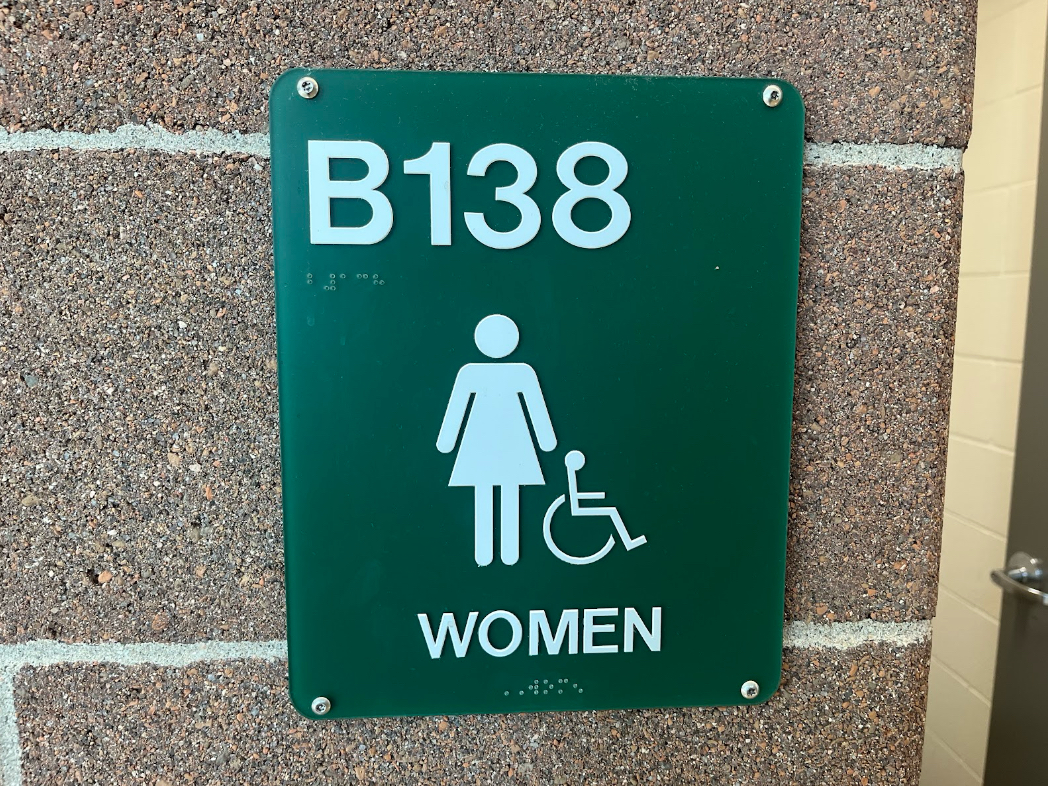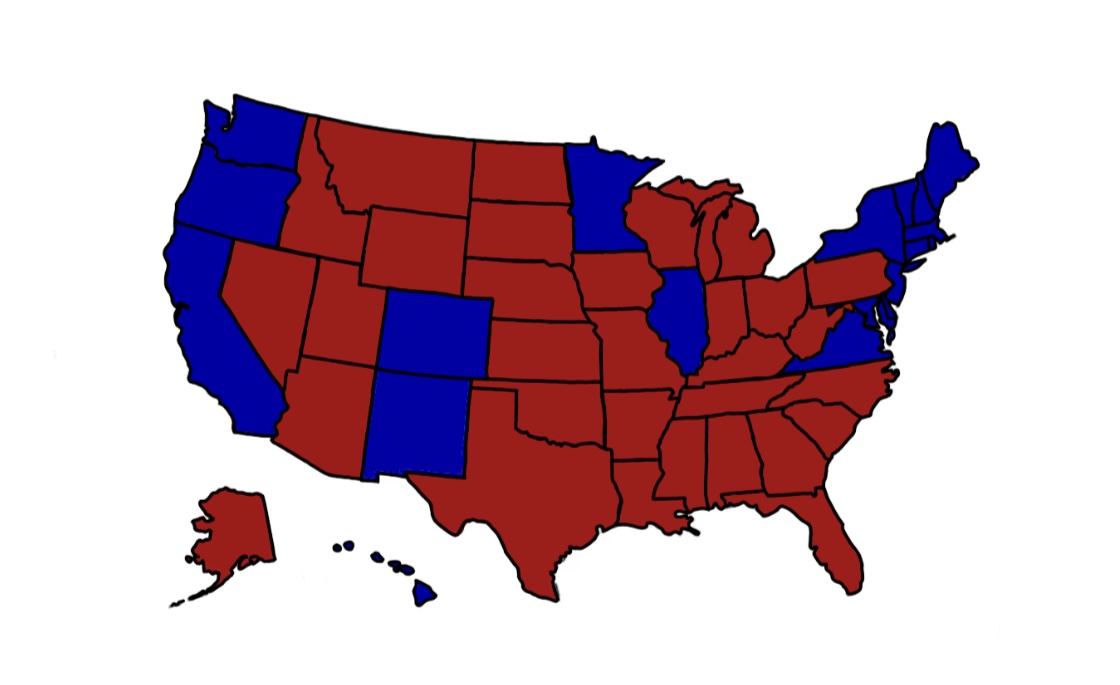College is widely understood to be the next step for those furthering their education: a chance at freedom and maturity in an environment that nurtures the talents of each student.
However, instead of security, many students face housing insecurity along their educational path, with 8.0 percent and 4.6 percent of undergraduate and graduate students, respectively, experiencing homelessness within the last month.
Adding on to this, nearly half of all college students surveyed reported some form of housing insecurity, along with more than 60 percent of students who experienced food or housing insecurity. In the 2014–15 school year, the average amount of money spent for an in-state, four-year public college, including living costs, is around 19,000 dollars; more than half of that goes to room and board.
The impacts of housing insecurity disproportionately impact the most vulnerable, with minority, LGBTQ+, and students with children faring worse than their counterparts, as did first-generation college students and Pell Grant recipients, who are more likely to come from more socioeconomically disadvantaged backgrounds.
Many colleges and universities across the country simply lack the inventory to house all students who wish to live on campus. This is largely tied to the increasing rate of funding cuts by state governments for higher education, with 37 states cutting per-student funding between 2008 and 2019.
Jorja Haskin (‘23), a former student of Mead High who currently attends Dawson Community College in Glendale, Montana, has to share a room with one of her teammates despite having an athletic scholarship. But the toilet in their dorm is not functioning properly, and the roommates had to fix their sinks themselves, in spite of maintenance coming before.
Friends of Haskin who attended Colorado State University, particularly during their freshman year, had difficulty accessing dormitories, flipping back and forth between trying to find increasingly expensive off-campus housing or trying to get into one of the limited dorms available. This confirms similar information reported by the Coloradoan, with more than three hundred first-year CSU students having to be placed in “overflow housing” at an inn across from the campus, accommodating more than a hundred students who do not have a stable place to live.
Natalee Anderson (‘23), another graduate of Mead who currently attends CSU, lacks air conditioning in her dormitory and plans on moving back with her parents, saying that the cost of housing factored into her decision. Again, not a surprise, with 15 higher education institutions writing to Colorado’s budget committee, requesting additional funding in light of the fact that per-student funding in the state has dropped to the second-lowest in the country and due to funds not matching the rate of inflation.
However, hope is not lost on this issue. There are many actions that could be taken to make the situation more reasonable for students as they make the transition into adult life.
At a governmental level, in California, where the crisis is particularly severe, state lawmakers have included 1.4 billion dollars to build housing on over 26 public college campuses, along with legislation passed that would allow colleges that wish to build housing to be exempt from the California Environmental Quality Act (CEQA), the same act that has been strategically used by NIMBYs to delay progress on the state’s high-speed rail project for years.
For prospective students that are in high school, there are some recommendations that college students and even current high school students have.
Haskin worked around forty hours a week for about a year so that she could save up for college.
“I do see it in other people’s best interests to see all their options and look at not only what they want to go into as far as school but also just kind of figure out what fits best for them financially, socially… take a good look at all of the [options] just to see what would fit the individual,” said Haskin.
She also emphasized the importance of taking the time to visit the campus and see what the situation is—not just for housing, but to see how well the educational experience they provide fits with your life needs.
Kaden Karel (‘24), a current student at Mead High who wants to live in their own apartment and plans on living with a roommate, recommends that college students, and those wishing to live independently in general, should focus on researching and budgeting. Karel (’24) use a spreadsheet to chart out all expenses, from entertainment to utilities to food, which they find helpful to organize finances so keeping track of money is more feasible.
Anderson recommends that college students try to live on campus for the initial year for the experience, but after that first year, find what works for them.























arizona lee • Apr 11, 2024 at 12:25 pm
well written and such a relevant topic right now! i know so many people in difficult housing situations because of cost and lack of access — thanks for writing and bringing awareness!!